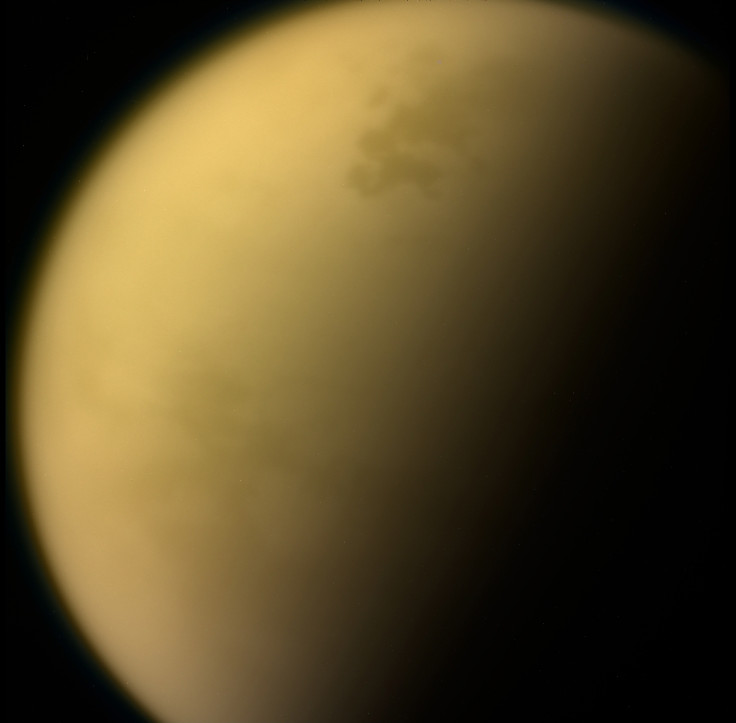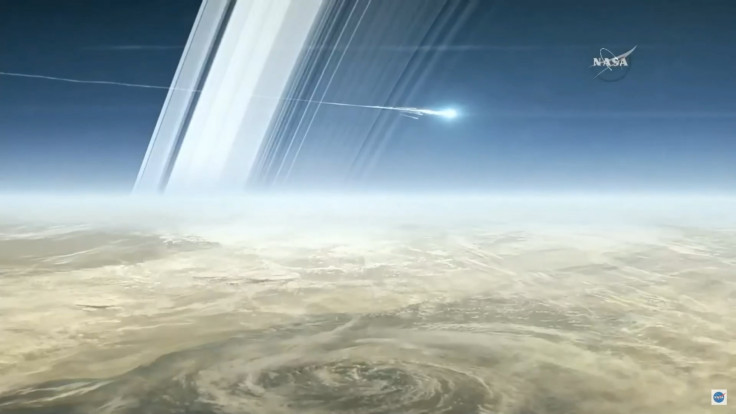Nasa finds highly toxic cyanide ice clouds in Titan's atmosphere
The cloud is invisible to the human eye and was detected using Cassini's Composite Infrared Spectrometer.
Nasa scientists working on the data collected by Cassini have found highly toxic, but wispy clouds of hydrogen cyanide and benzene in Saturn's largest moon –Titan.
This discovery comes after data from Cassini's Composite Infrared Spectrometer (CIRS) was studied, reports Nasa. The clouds are invisible to the human eye, and were detected at an infrared wavelength.
The clouds were found at an altitude of 160 to 210 km and are reported to be above the clouds that cause methane rain on Titan at its troposphere – the lowest region of the atmosphere. Nasa says the clouds cover the area from the 75 to 85 degrees south latitude.
CIRS data had a chemical fingerprint that needed to be matched on Earth through laboratory experiments, reports the space agency.
Scientists reportedly found that the organic hydrogen cyanide was mixed in with benzene. The study revealed that the two chemicals had condensed and merged to form a compound rather than being layered on top of each other, says the report. The crystals thus formed are expected to be bumpy and irregular and not have a well defined crystalline structure.
"This cloud represents a new chemical formula of ice in Titan's atmosphere," said Carrie Anderson of NASA's Goddard Space Flight Center in Greenbelt, Maryland, a CIRS co-investigator. "What's interesting is that this noxious ice is made of two molecules that condensed together out of a rich mixture of gases at the South Pole."

The report mentions that in the 13 years that Cassini spent in the Saturn system, clouds like this were spotted early on in the mission over Titan's North Pole.
This new cloud formation, named the "high-altitude south polar cloud", has a strong chemical signature, and it reportedly showed in multiple sets of data taken from July to November 2015. As seasons on Titan last as long as seven years, it was late autumn in Titan's South Pole the whole time, says the report.
"One of the advantages of Cassini was that we were able to flyby Titan again and again over the course of the thirteen-year mission to see changes over time," said Anderson. "This is a big part of the value of a long-term mission."
Data sent back by Cassini in its 20-year long mission is still being studied and new revelations about the gas giant, its moons, and rings are being published by Nasa. Only this week, it was reported that Saturn's rings rain down methane on to its atmosphere, and researchers expect the data to give more insights. "There are whole careers to be forged in the analysis of data from Cassini," said Linda Spilker, the mission's project scientist at Nasa's Jet Propulsion Laboratory in Pasadena, California. "In a sense, the work has only just begun."






















